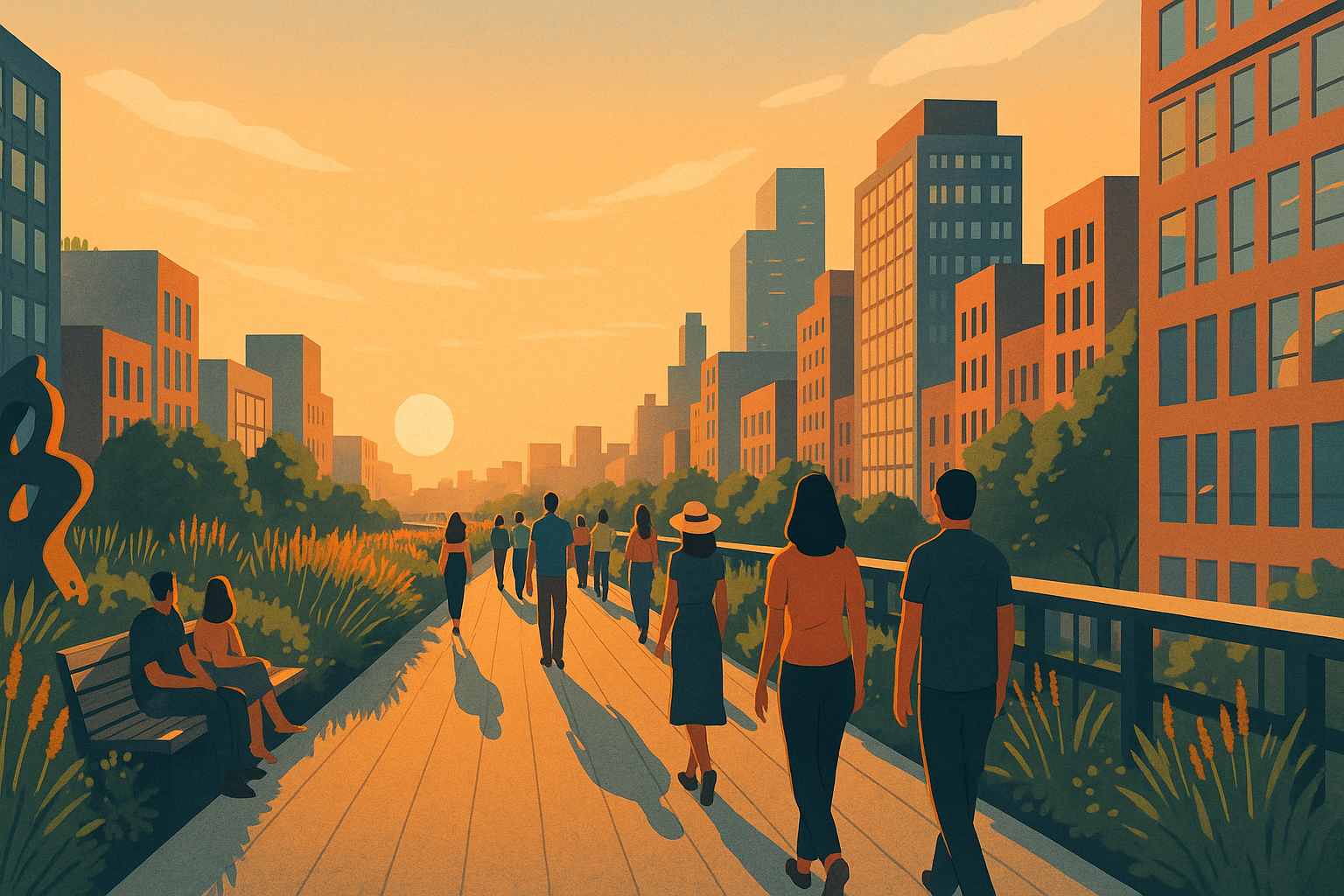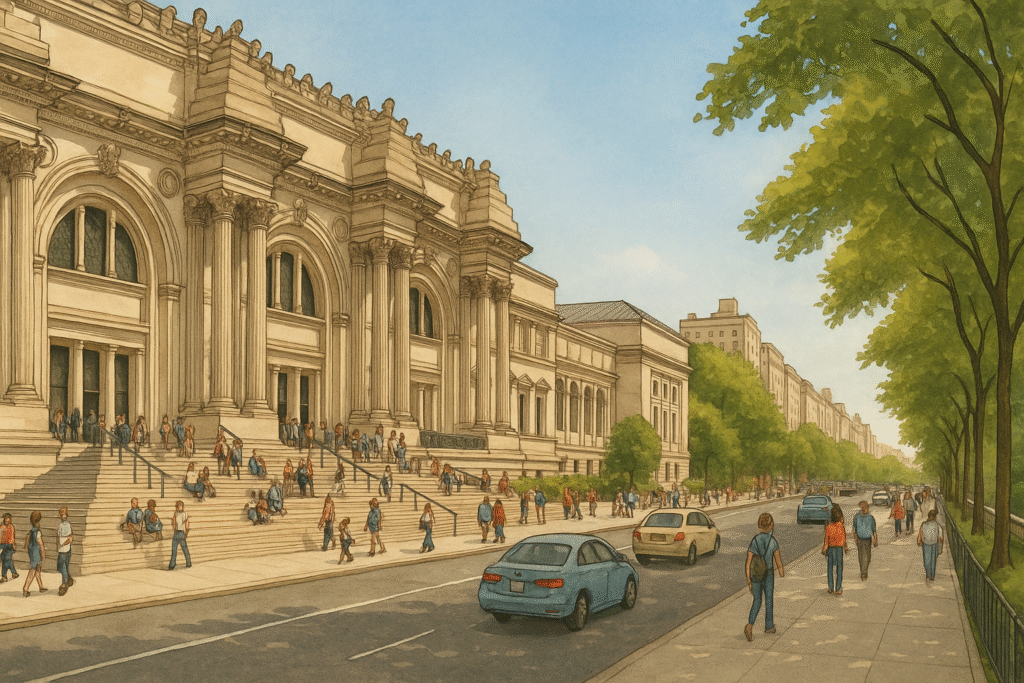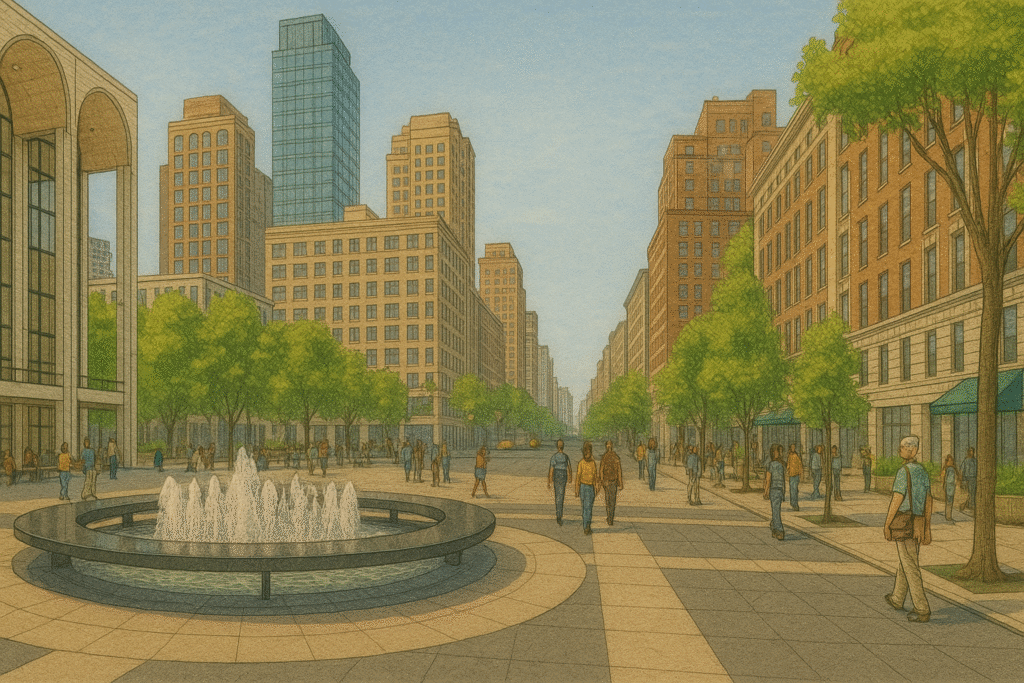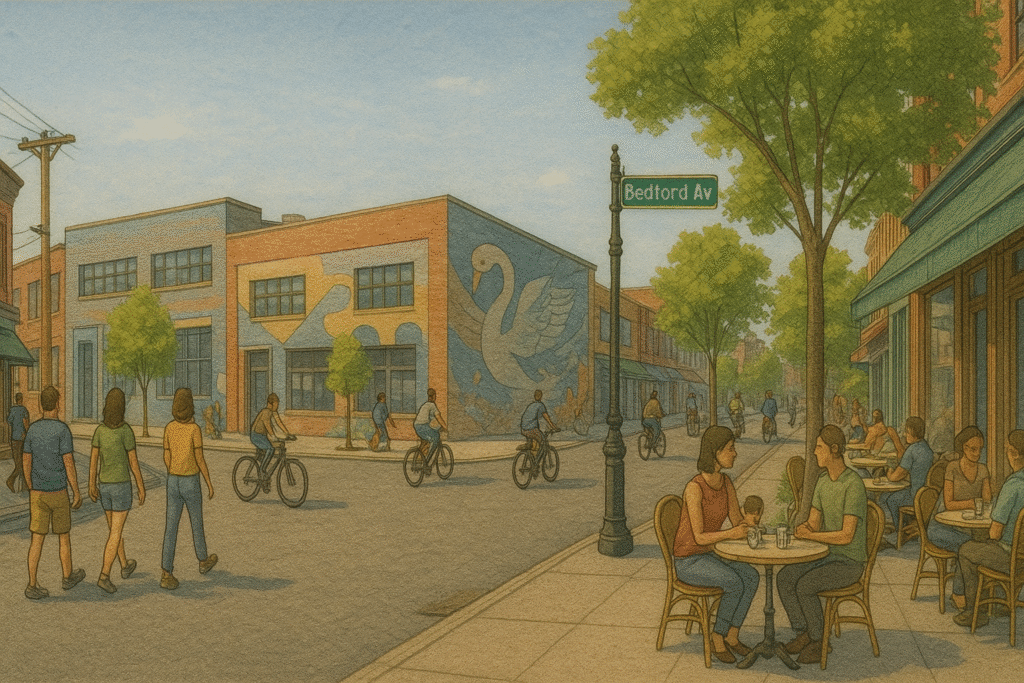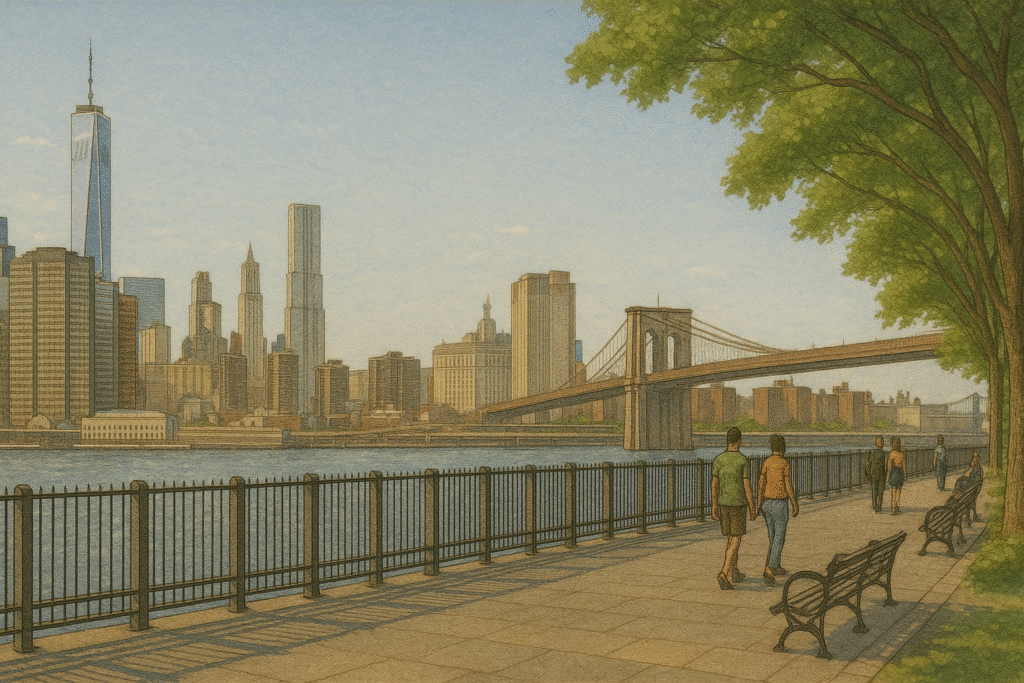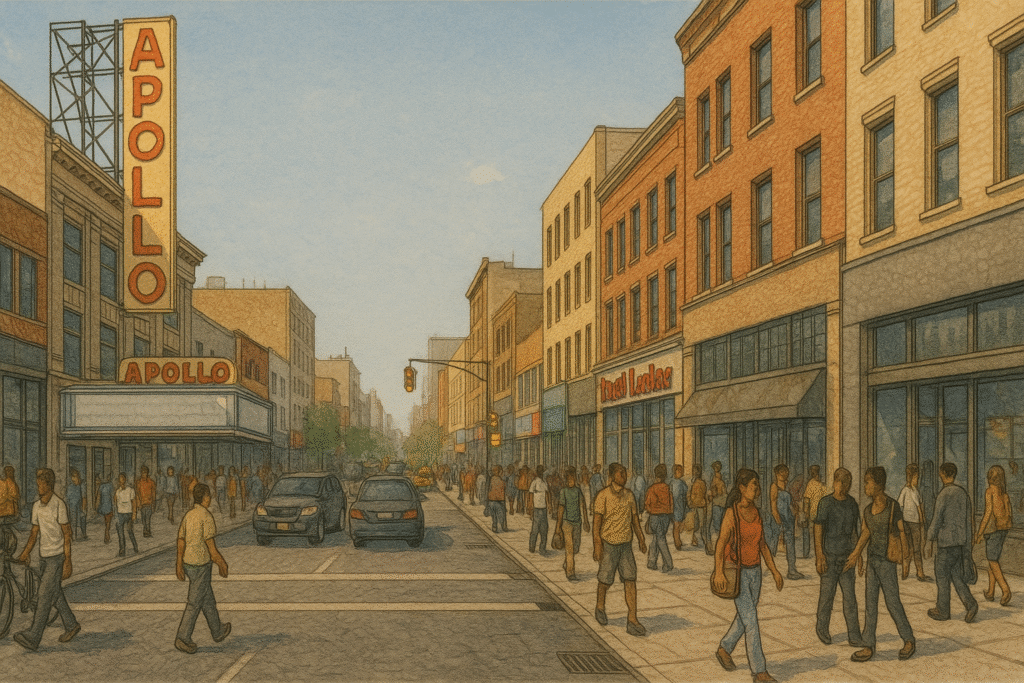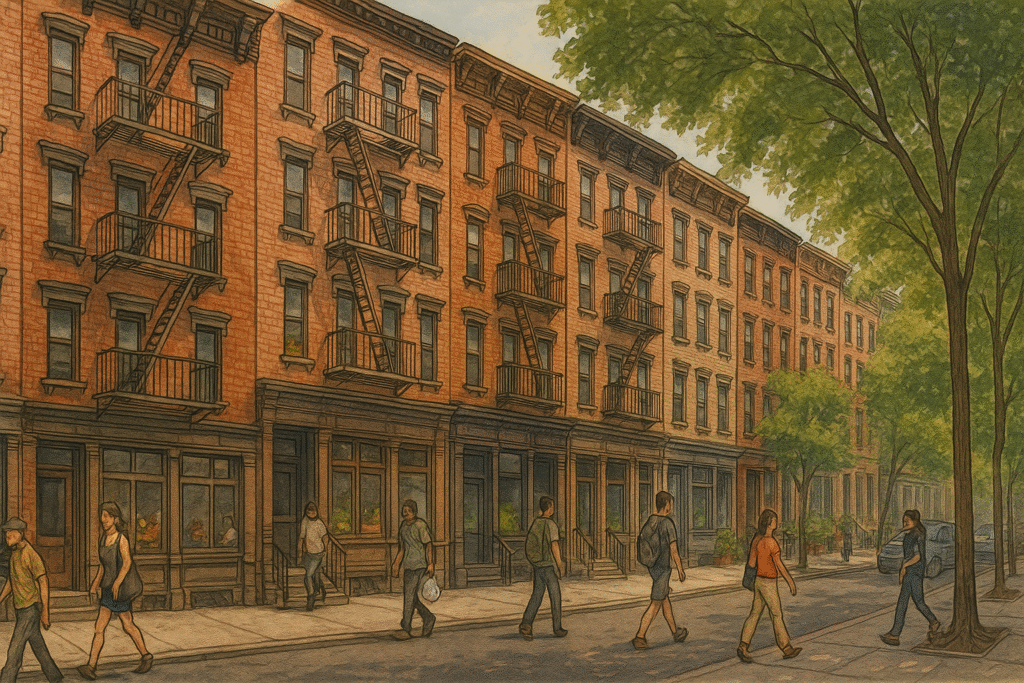New York is known for movement. The streets stay loud, the buildings stay tall, and the flow of people rarely slows. Yet within that momentum, the city offers space to pause. These open areas are not detours—they are part of the city’s design.
Travelers looking for balance often find it outdoors. Some walk. Some sit. Some come to feel grass underfoot or take in the skyline from a quiet bench. The city makes room for that. Parks and greenways offer stillness without isolation, distance without disconnection.
This piece visits four places where the pace changes. Central Park stretches across the middle of Manhattan with paths and trees that block out the noise. The High Line rises above the streets with plants, benches, and public art. Battery Park faces the water and brings in sea air from the harbor. Sheep Meadow opens a wide patch of grass for anyone ready to slow down.
Together, these spaces shape a different rhythm—one built for breathing, watching, and being still within the city.
Central Park — Designed to Disappear the City
Central Park takes up more space than most visitors expect. Once inside, the city drops away quickly. Cars fade. Towers shrink. What remains is movement on foot—walking, sitting, stretching out under a tree.
Paths curve rather than cut. Trees cluster around open lawns. Water reflects the sky in narrow lakes and shaded ponds. Every part of the park seems placed to let people wander without direction. This was the goal of its design. It was built to feel like nature, even though every turn is shaped by intention.
Travelers come here to rest or explore. Some rent bikes and follow the loop road. Others pick a direction and start walking. Popular areas—like Bethesda Terrace, the Bow Bridge, or the Ramble—offer structure without control. There are no instructions, no fixed routes. Visitors set their own pace.
The park holds noise differently. Musicians play near fountains. Children run across fields. Dogs tug at leashes. None of it feels chaotic. The space absorbs the sound and leaves room for quiet.
Central Park remains a reason people fall in love with the city. It offers a way to step back without stepping out. The skyline stays close but never too close.
The High Line — A Walk Above the Noise
The High Line runs through Manhattan’s West Side like a narrow park in the air. Built on a former freight rail line, it stretches for over a mile, just above street level. What once carried cargo now carries people—walkers, couples, families, and travelers looking for a new view of the city.
Its path is straight, but the experience is layered. Trees, benches, grasses, and sculptures shift every few steps. Open areas invite people to pause. Seating steps near 10th Avenue look down through a large window over the traffic below. Farther along, shaded spaces offer room to rest or watch the Hudson River.
The High Line moves through neighborhoods, not around them. Buildings rise close on both sides. Visitors pass under bridges and through old warehouses now turned into galleries or homes. The contrast between rusted beams and new towers creates a setting that feels both reclaimed and designed.
Time on the High Line moves at a different speed. There are no bikes. Cars stay below. Most people walk slowly, with no pressure to rush. The city continues around it, but this elevated path offers something rare—room to notice.
Battery Park & Sheep Meadow — Two Ways to Slow Down
Battery Park sits at the southern tip of Manhattan, where the land meets the harbor. Ferries leave from here for the Statue of Liberty and Ellis Island. The waterfront path curves past trees, gardens, and memorials, with benches looking out toward the water. Some visitors come to rest before a boat ride. Others stay longer, taking in the view as ships pass through the harbor.
The space feels open but connected. It offers air and distance without removing the city entirely. Street sounds fade, but the skyline remains in sight. Travelers stop here to catch a breeze, stretch their legs, or watch the late afternoon light move across the water.
In a different part of the city, Sheep Meadow offers another kind of pause. This wide lawn near the southwestern edge of Central Park fills with people when the weather turns warm. They read, nap, picnic, or watch the clouds pass overhead. The skyline surrounds the grass but doesn’t interrupt it. There are no walking paths across it—just a field to lie down in.
Sheep Meadow is one of the park’s most open spaces. There are no attractions built into it. The space itself is the experience. For travelers who need a break from noise or planning, it gives them a reason to stop.
These four places shift the pace of a New York visit. They don’t remove travelers from the city. They give the city new shape. When the sidewalks feel tight and the noise builds, these spaces make space—for breath, for stillness, for attention.
Each one offers a different way to slow down. Central Park opens a green world inside the grid. The High Line lifts people above it. Battery Park brings in the harbor and the horizon. Sheep Meadow clears a stretch of grass with no plan but to sit.
These are not empty places. They are full of people, sound, and light—but held with care. They remind travelers that quiet doesn’t always mean silence, and rest doesn’t always mean leaving. In a city that moves constantly, these spaces let people stay still without stepping away.

The Street Sign
The Street Sign points the way to where things are — the parks, restaurants, museums, and everything else. These guides are built to save you time and energy. Need a plan for an NYC outing? Follow The Street Sign.
